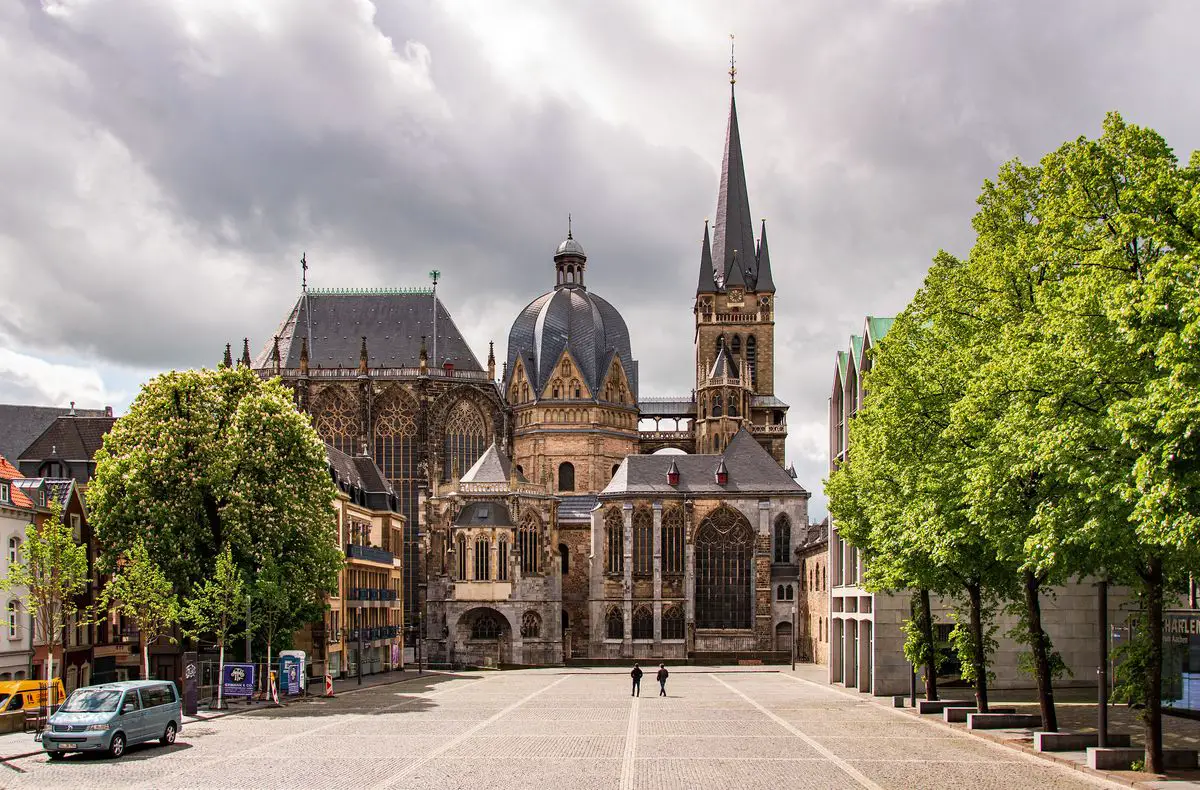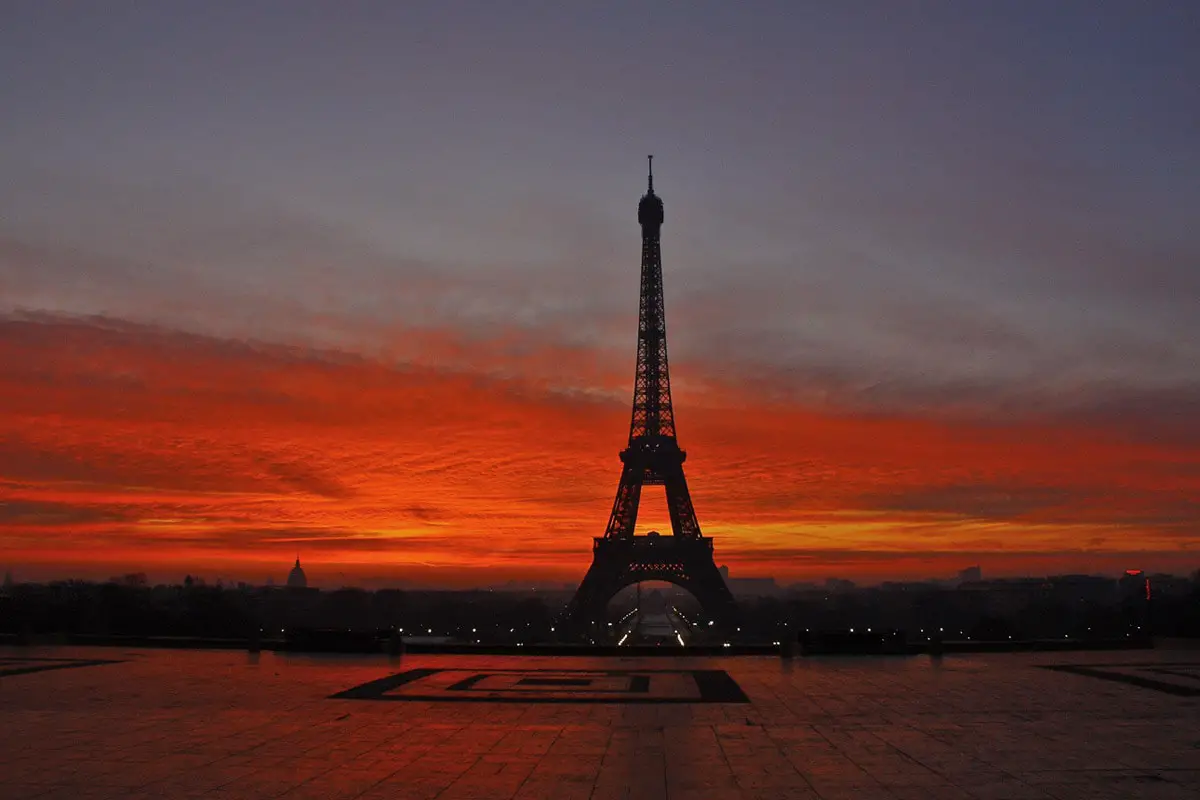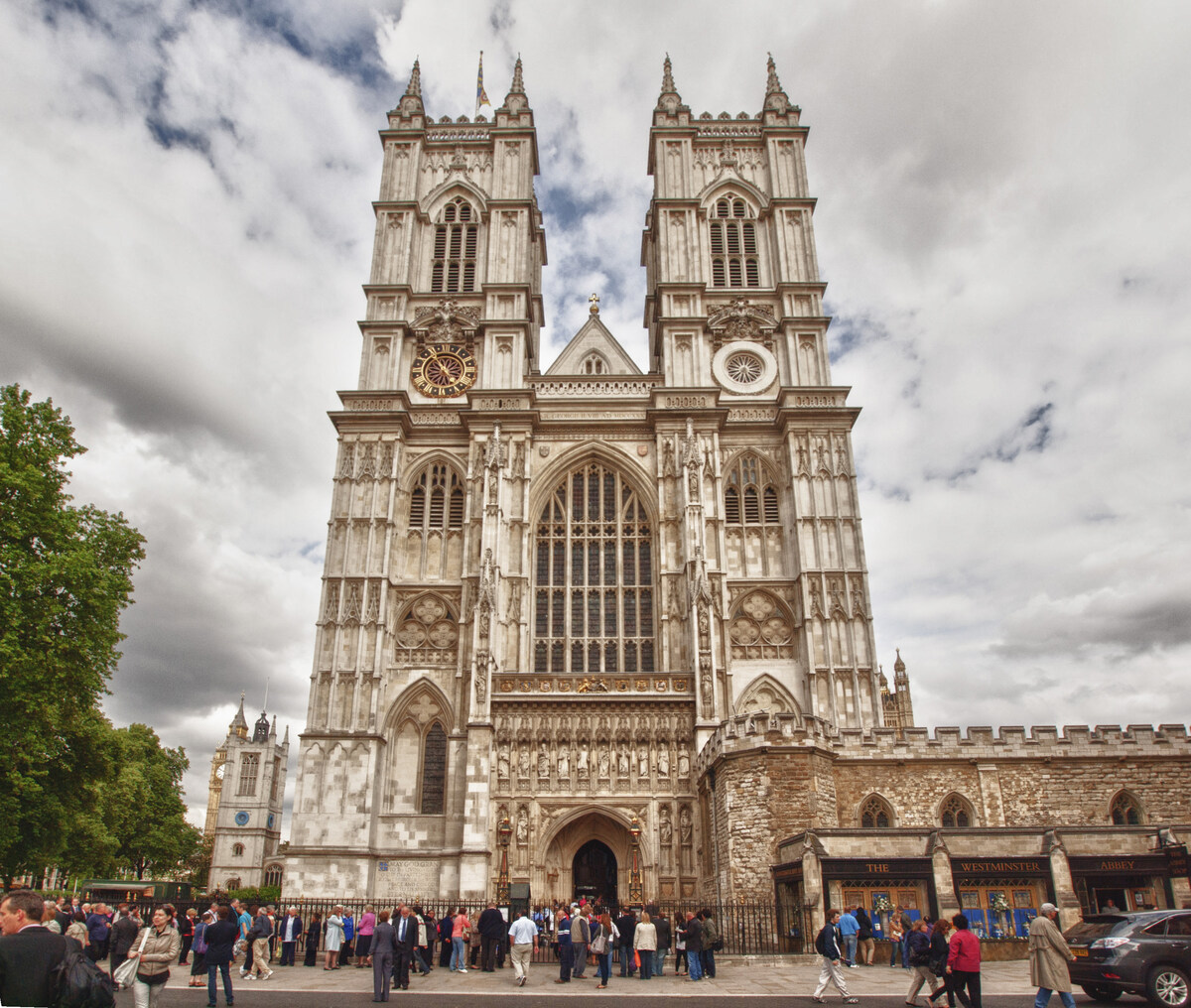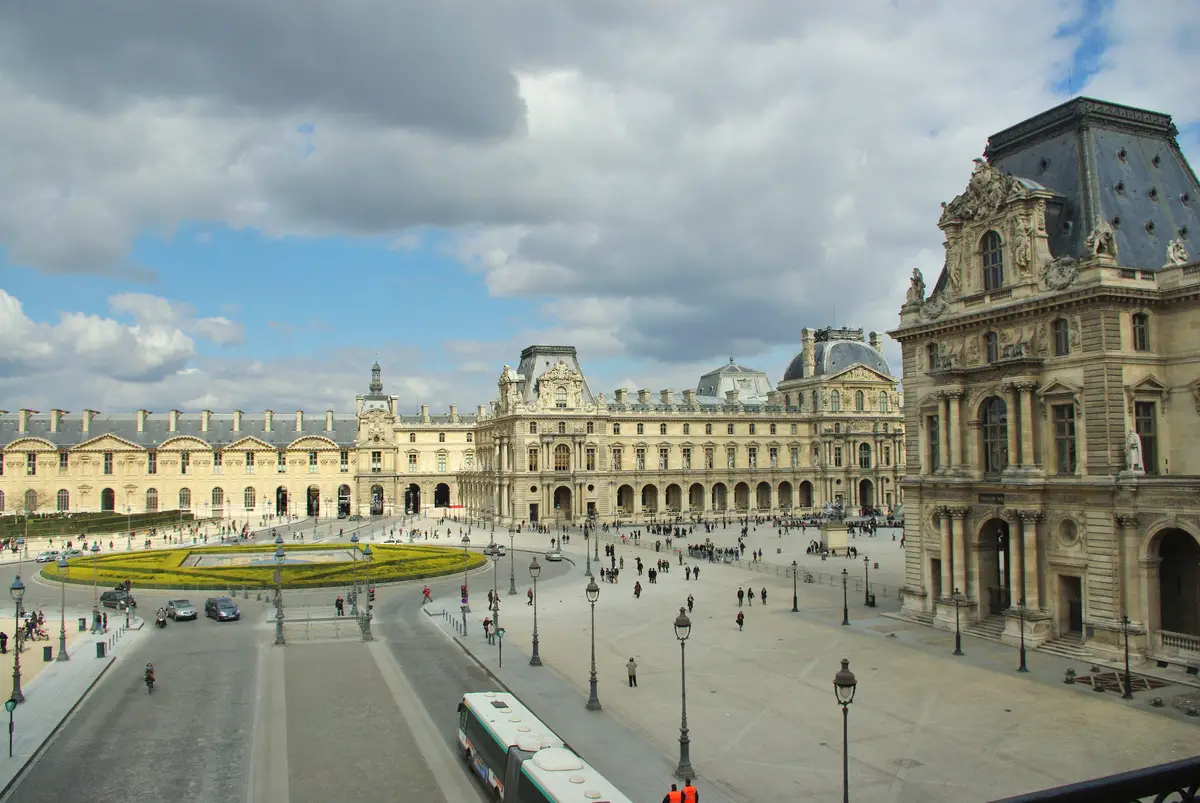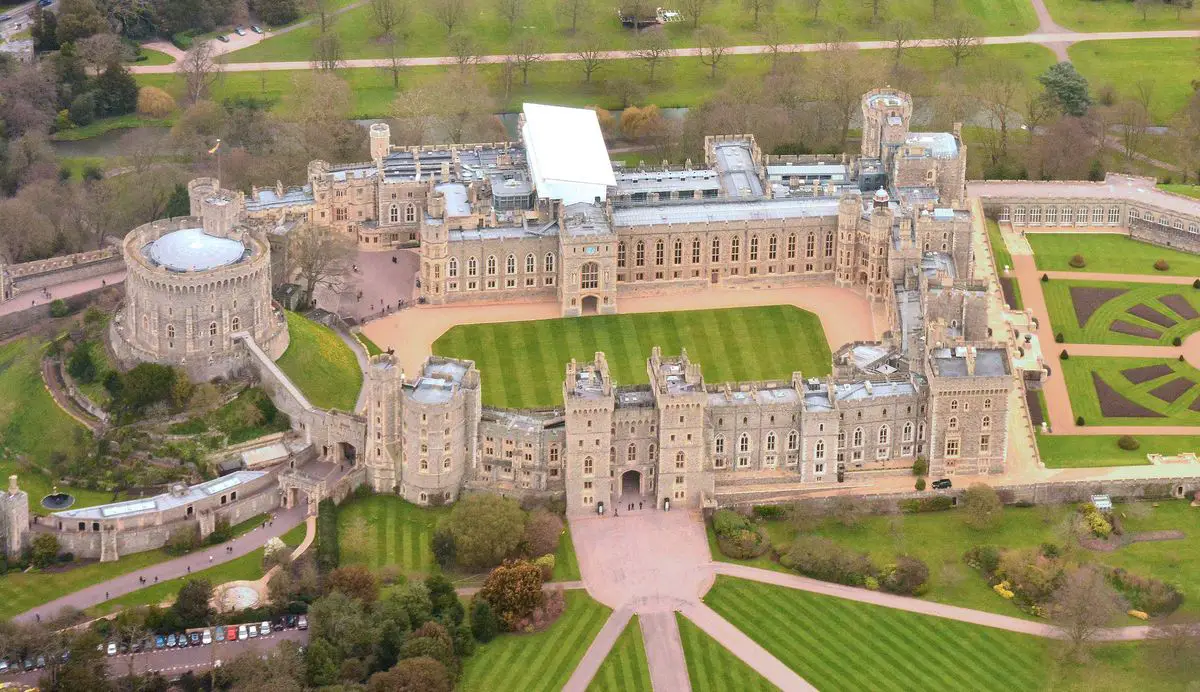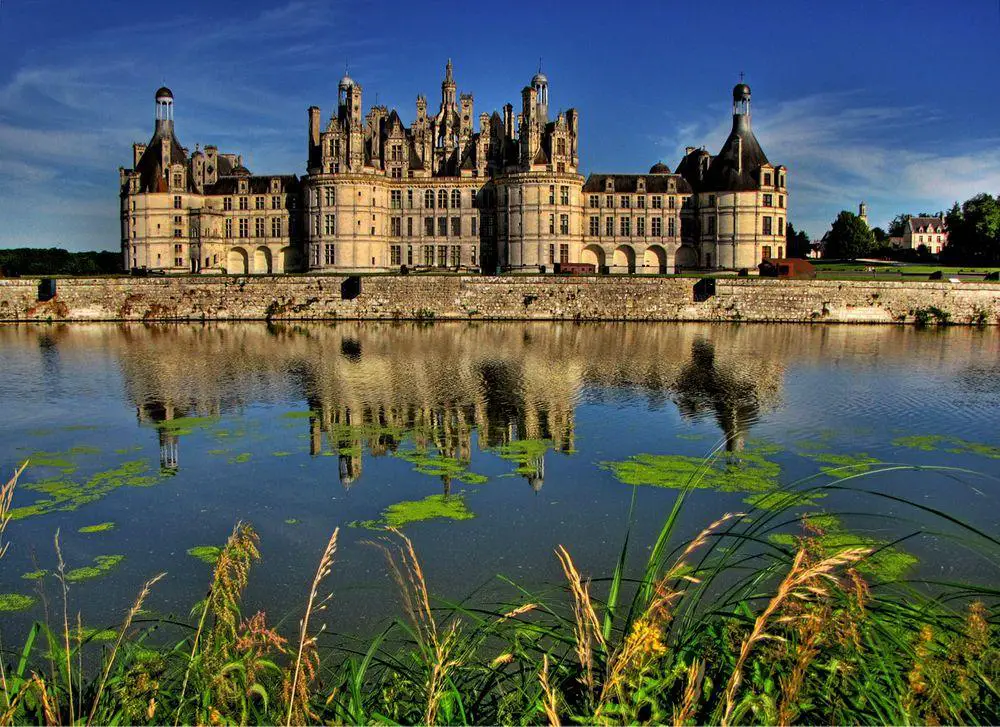Wondermondo 🢖 World 🢖 Wonders of Europe
Territory
Wonders of Europe
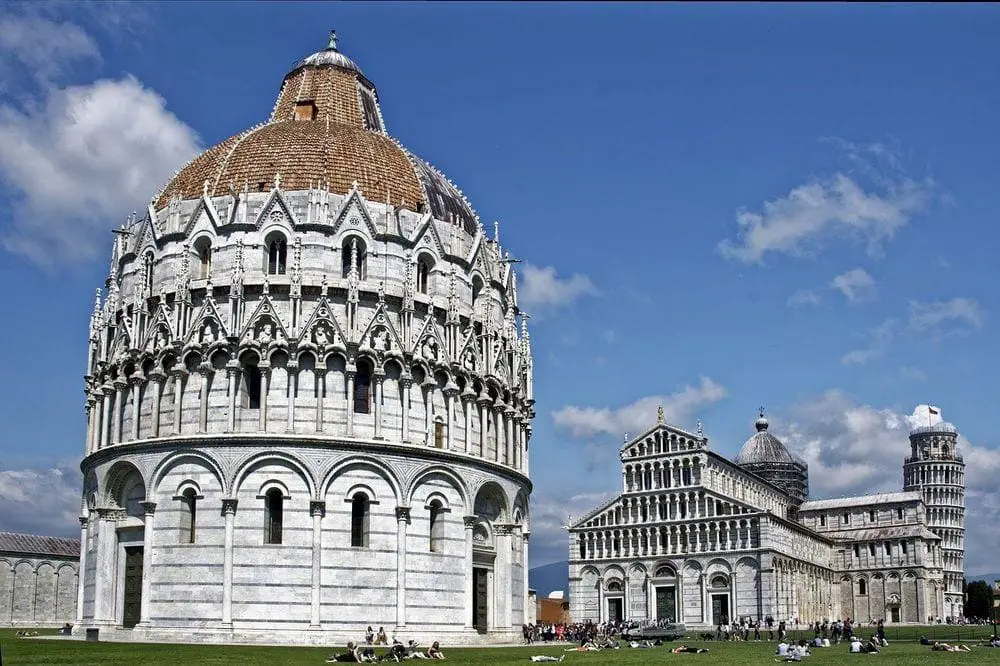
 Countries, regions
Countries, regions
Europe here is divided in 52 following countries and territories.
List of all countries / territories
- Albania
- Andorra
- Austria
- Azores (Portugal)
- Belarus
- Belgium
- Bosnia and Herzegovina
- Bulgaria
- Croatia
- Czechia
- Denmark
- Estonia
- Faroe Islands (Denmark)
- Finland
- France
- Germany
- Gibraltar (United Kingdom)
- Greece
- Hungary
- Jan Mayen (Norway)
- Kosovo
- Iceland
- Ireland
- Italy
- Latvia
- Liechtenstein
- Lithuania
- Luxembourg
- North Macedonia
- Madeira (Portugal)
- Malta
- Moldova
- Monaco
- Montenegro
- Netherlands
- Norway
- Poland
- Portugal
- Romania
- Russia (European part)
- San Marino
- Serbia
- Slovakia
- Slovenia
- Spain
- Svalbard (Norway)
- Sweden
- Switzerland
- Turkey (European part)
- Ukraine
- United Kingdom
- Vatican City
Map with the described wonders of Europe
If you see this after your page is loaded completely, leafletJS files are missing.
 Highlights of Europe
Highlights of Europe
Europe is part of the Eurasian continent. This part of the world is very diverse and very diverse is also natural and man-made heritage. The most amazing wonders of Europe are:
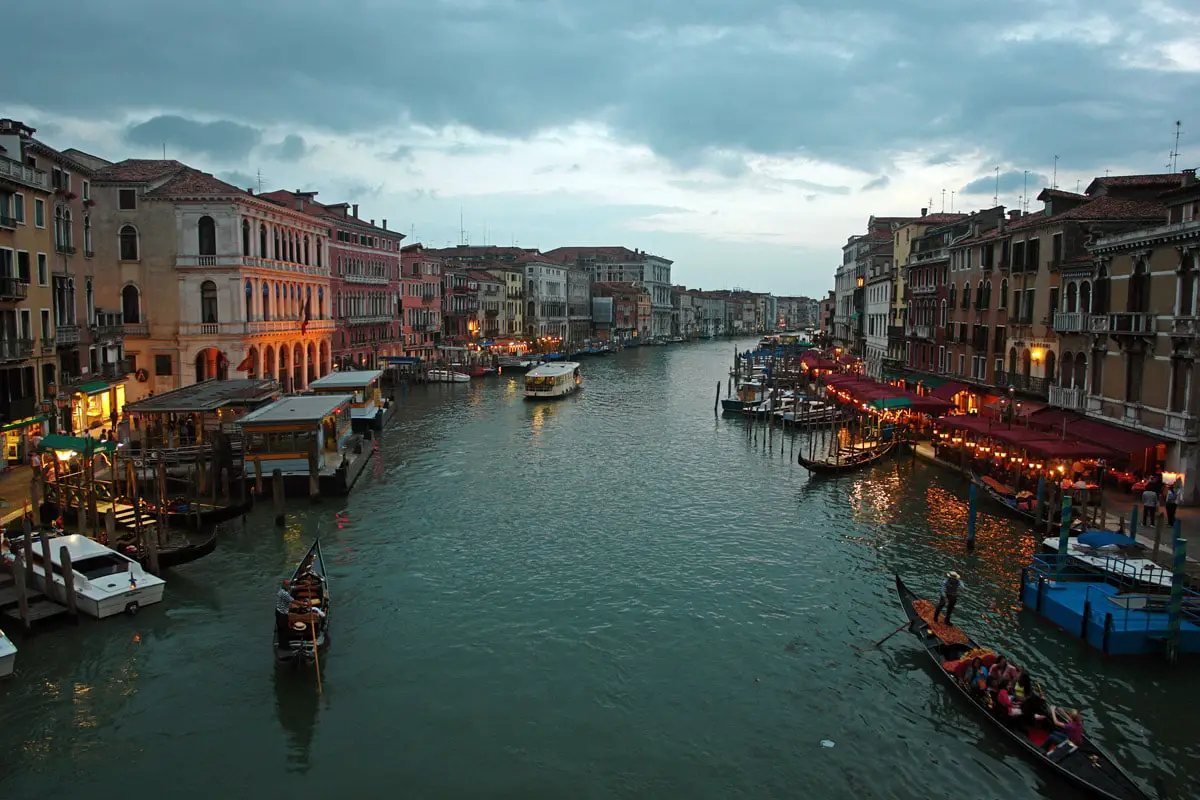
- Historical architecture – Europe is unsurpassed in terms of historical architecture and art. People are spending their whole lives, traveling and researching this heritage but we can be confident – no one is able to comprehend all these values. Many buildings in Europe represent a peak of artistic and structural skills of people – such as Florence Cathedral, Rouen Cathedral, Palace of Versailles, Palace of Westminster, and numerous other buildings. Venice, Chester, Prague, and many other European cities belong to the most beautiful historical cities in the world.
- Heritage of ancient civilizations – Europe was the birthplace of several major civilizations, notably – civilizations of Ancient Greece and the Roman Empire. We are still inspired by ancient Greek and Roman art, their buildings, and cities. Among the best-known monuments is the Acropolis of Athens, Colosseum, Pompeii.
- Prehistoric heritage – cave art and megaliths. Tens of thousands of years ago Europeans created magnificent art – making us understand that people back then in those distant times were not less skilled than us. Among the best examples are paintings in Lascaux (France), Chauvet (France), Altamira (Spain) caves. European megaliths are the best known in the world – especially the grand megalithic structures in the United Kingdom, Ireland, and France. These structures are many thousand years old and – what irritates and fascinates modern people a lot – their purpose often remains unknown. Some of the best-known megaliths are Stonehenge (United Kingdom) and Carnac stones (France).
 Top 25 wonders of Europe
Top 25 wonders of Europe
Archaeological wonders
Stonehenge
United Kingdom
One of the most popular archaeological monuments in the world, consists of a group of large standing stones in a circular setting, erected sometime around 2500 BC (?). Located in the middle of a dense complex of archaeological monuments.

Pompeii
Italy
The best-preserved ancient Roman town was eliminated by volcanic pyroclastic flows in 79 AD. The town has been excavated and now represents an amazing display of Roman life.
Architecture wonders
Venice
Italy
One of the most unusual and most beautiful cities on Earth, containing an unbelievable amount of art and architectural values. Venice was built on 118 small, closely located islands and has been the capital of a powerful state in the 7th – 18th century.
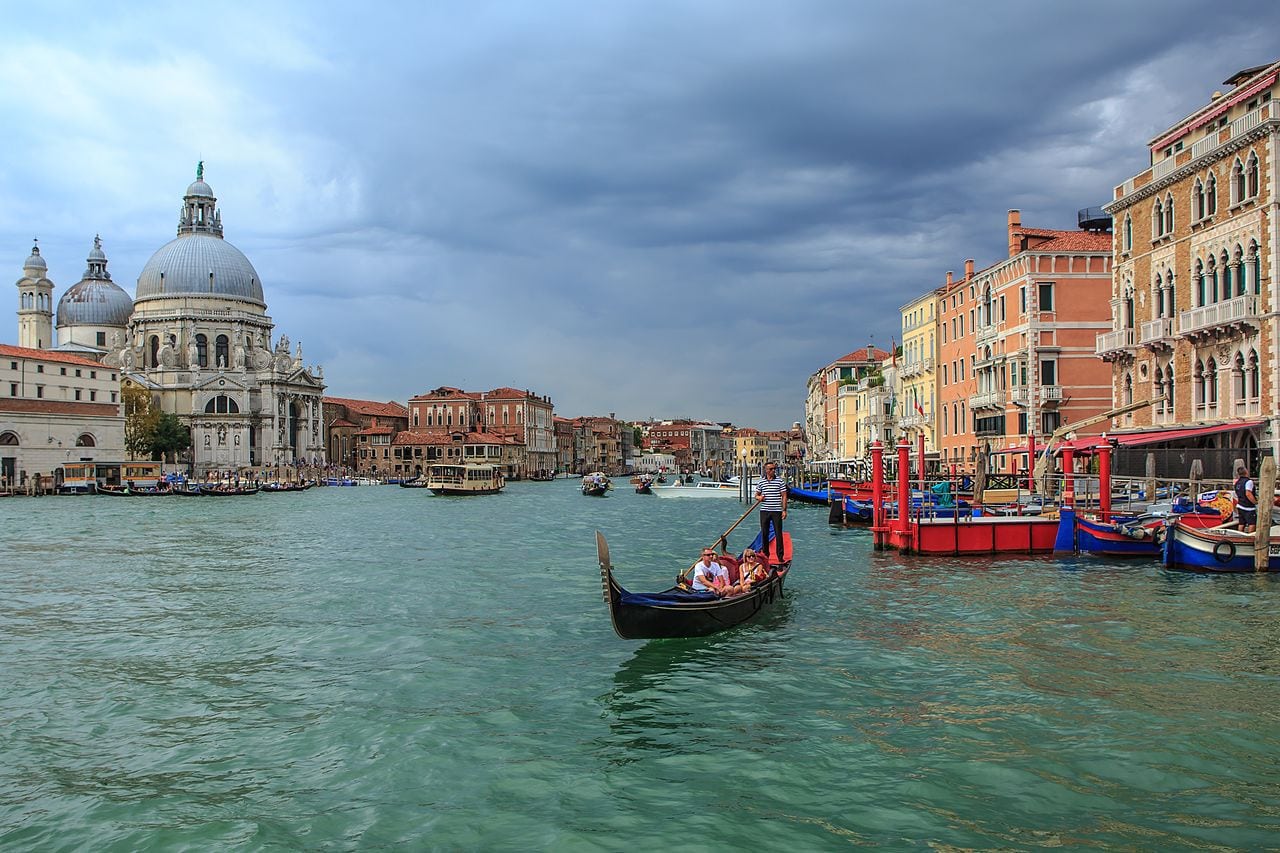
Sagrada Familia
Spain
The largest and by far the most impressive Art Nouveau church in the world, designed by Antoni Gaudi; started in 1882 and is due to be completed in 2026.
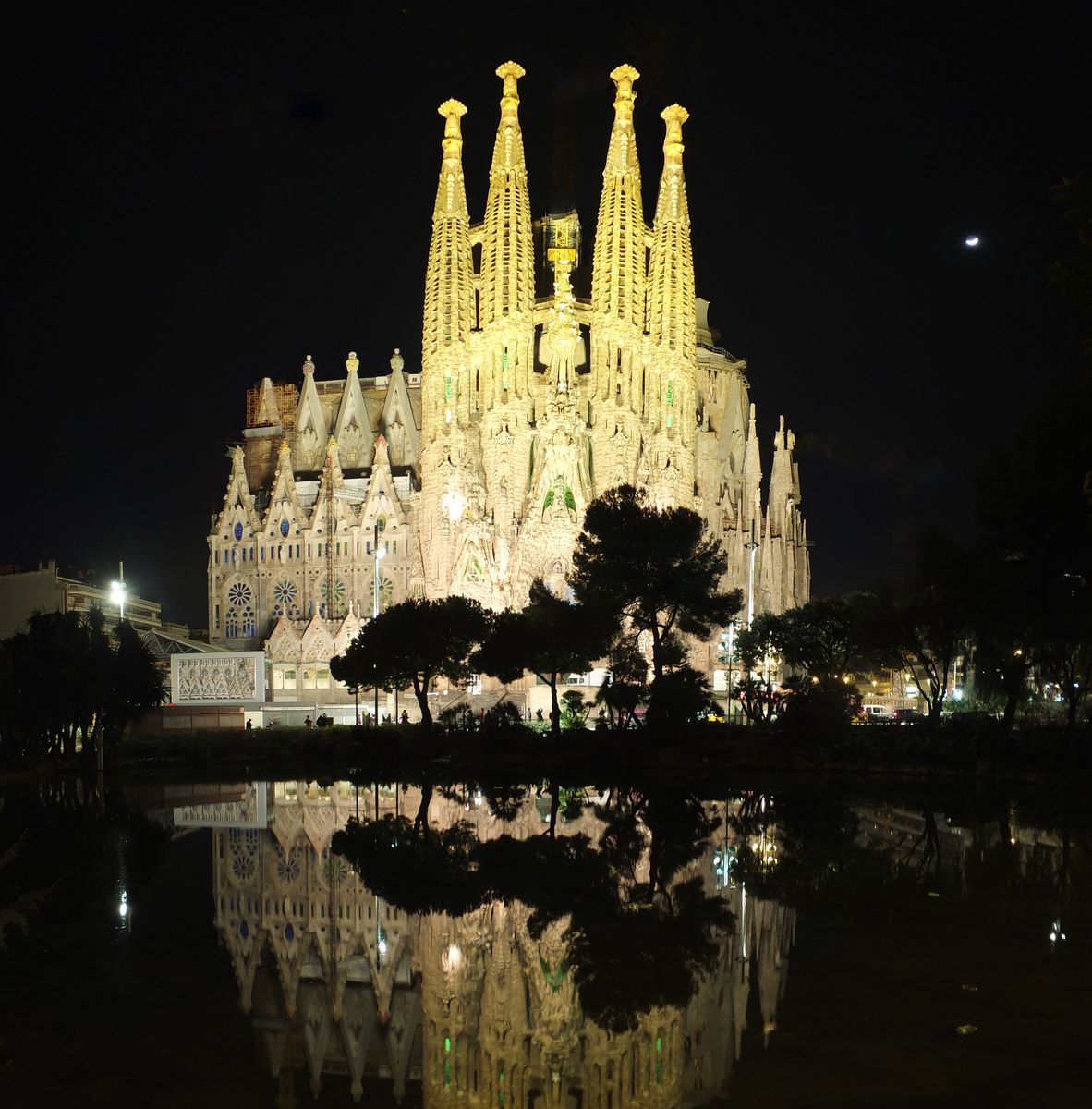
Hagia Sophia
Turkey
A former Orthodox basilica built between 532 – 537 AD, it is now a mosque. Possibly the highest achievement of Byzantine architecture, it has been the largest cathedral in the world for nearly 1000 years. Constructed in 532 – 537.
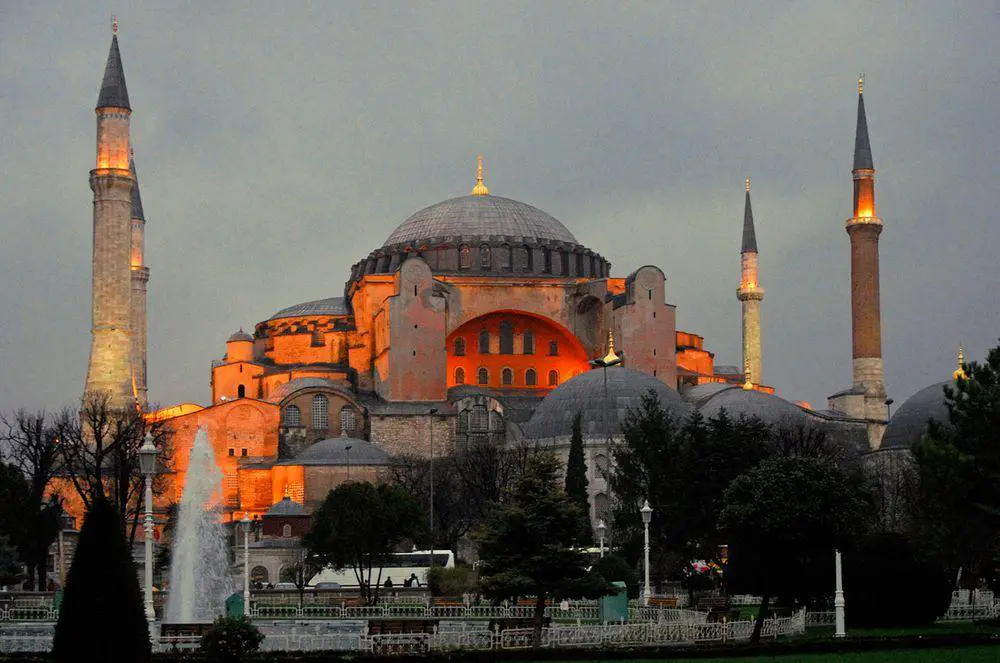
Basilica di Santa Maria del Fiore (Florence Cathedral)
Italy
One of the most impressive churches in the world, the largest building in medieval Europe. Constructed in 1296 – 1469. Designed mostly in Gothic style, but considered to be one of the first Renaissance buildings.
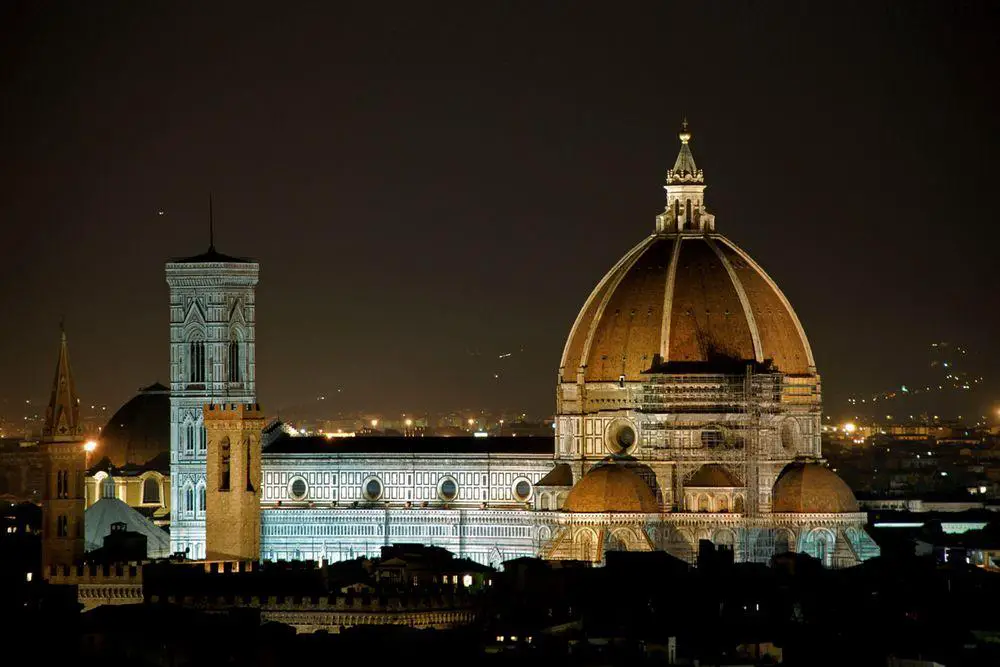
Saint Mark’s Basilica
Italy
A building of unusual beauty and splendor, it is one of the most important Byzantine architectural monuments in the world, constructed in 1094.
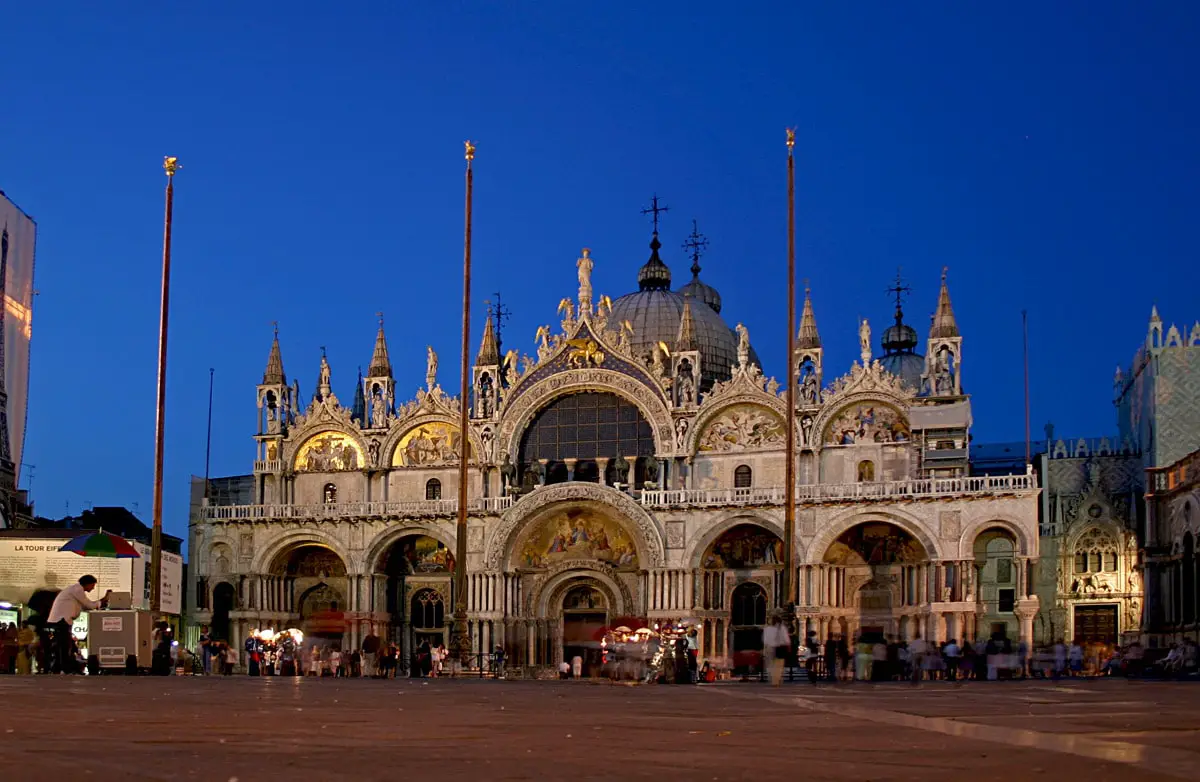
Sistine Chapel
Vatican
In this chapel, the new pope is selected. Constructed in 1473 – 1481 and world-famous due to the frescoes made by such Renaissance artists as Sandro Botticelli, and Michelangelo. These frescoes are among the world’s highest achievements in art.
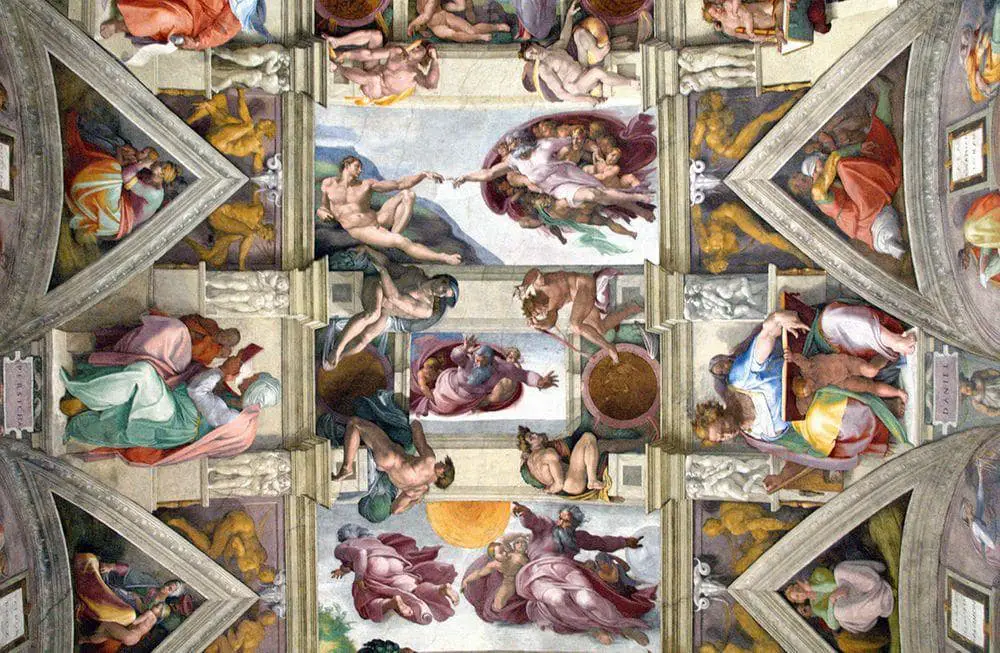
St. Peter’s Basilica
Vatican
The most important church in Christian history, with the largest interior of any church. The present basilica was built in 1506 – 1626 and represents one of the most important pieces of Renaissance architecture. Contains the purported grave of Saint Peter.
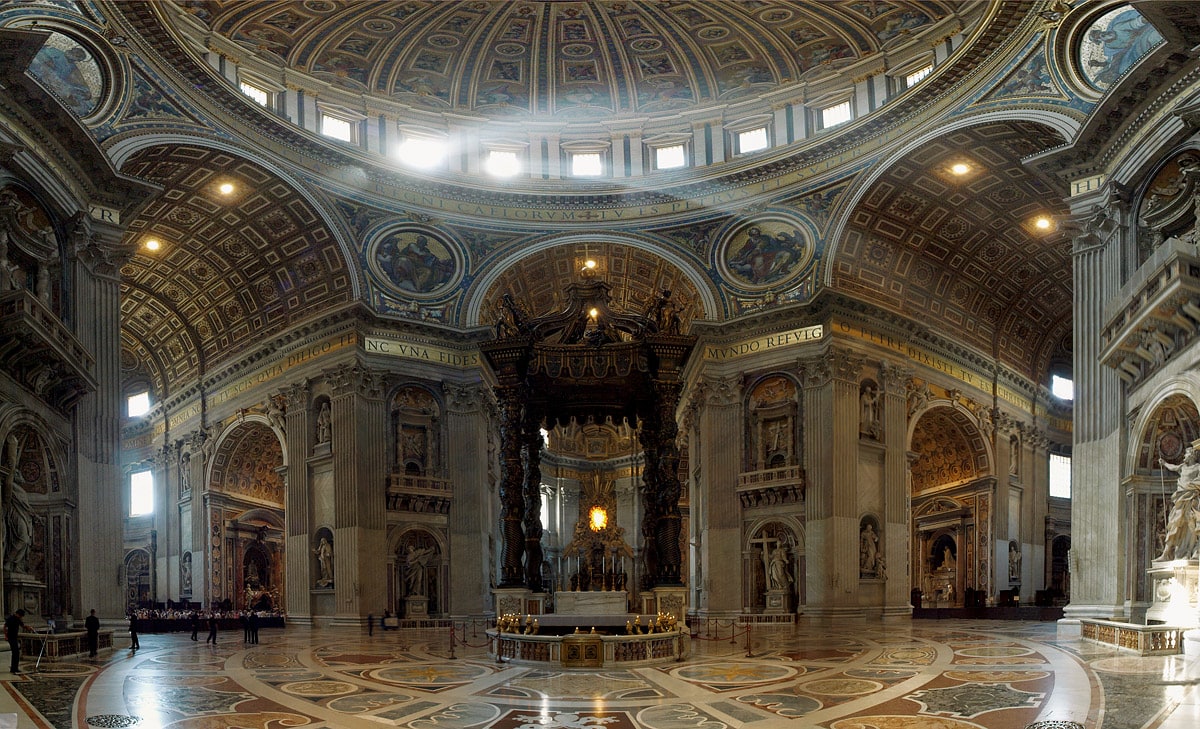
Notre Dame de Paris
France
Constructed in 1163 – the late 14th century. One of the most significant Gothic cathedrals and one of the world’s best-known monuments of architecture. One of the first buildings where flying buttresses were used.
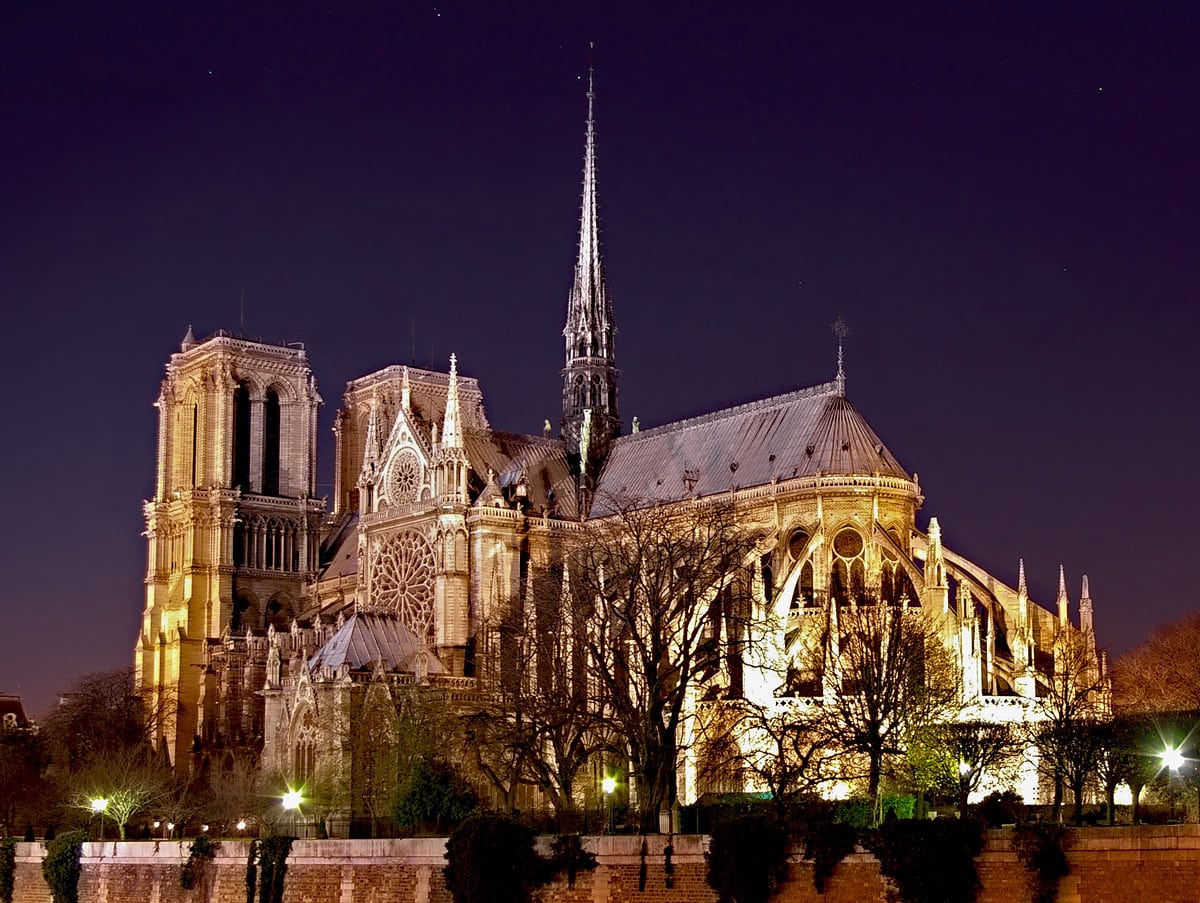
Palace of Versailles
France
The best known and possibly the most magnificent palace in the world with 700 rooms. Constructed starting from 1661 and served as a royal palace until 1789. This palace brought a new style to many areas of life – architecture, planning, arts, governance, and etiquette – thus the palace represents one of the most important monuments of culture in Europe.
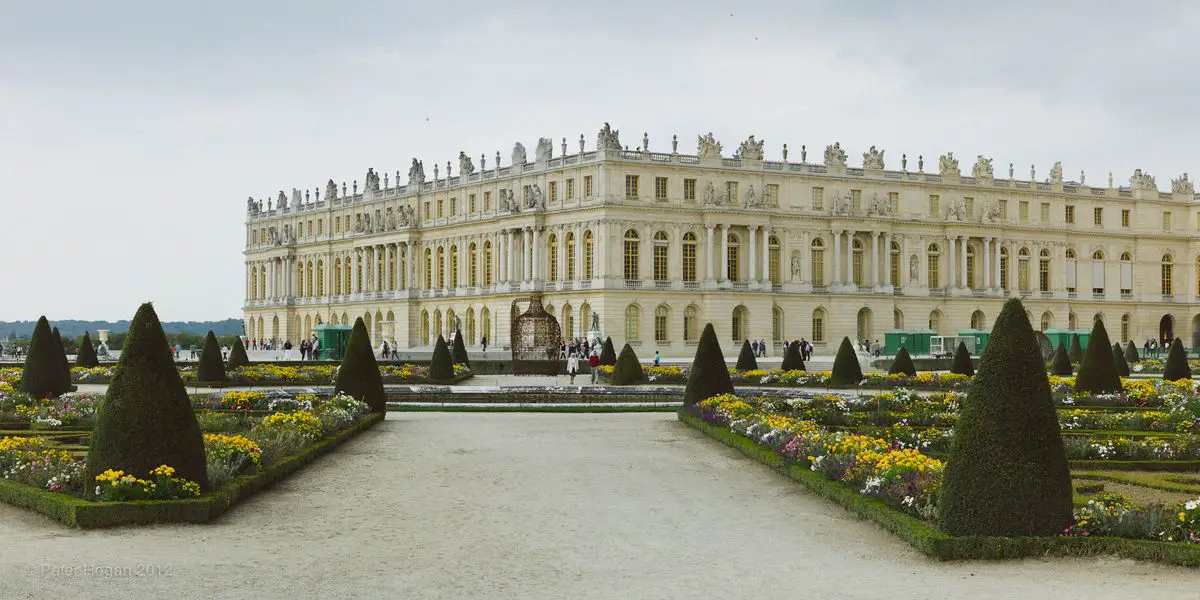
Eiffel Tower
France
One of the best-known landmarks in the world, a symbol of Paris and to some extent – the whole of France. This 324 m tall iron lattice tower was built in 1889 and was the tallest man-made structure on Earth until 1930.
Saint Basil’s Cathedral
Russia
This group of nine churches was constructed in 1555 – 1561 to commemorate the victories of Ivan the Terrible. This building has left much influence on Russian and world architecture.
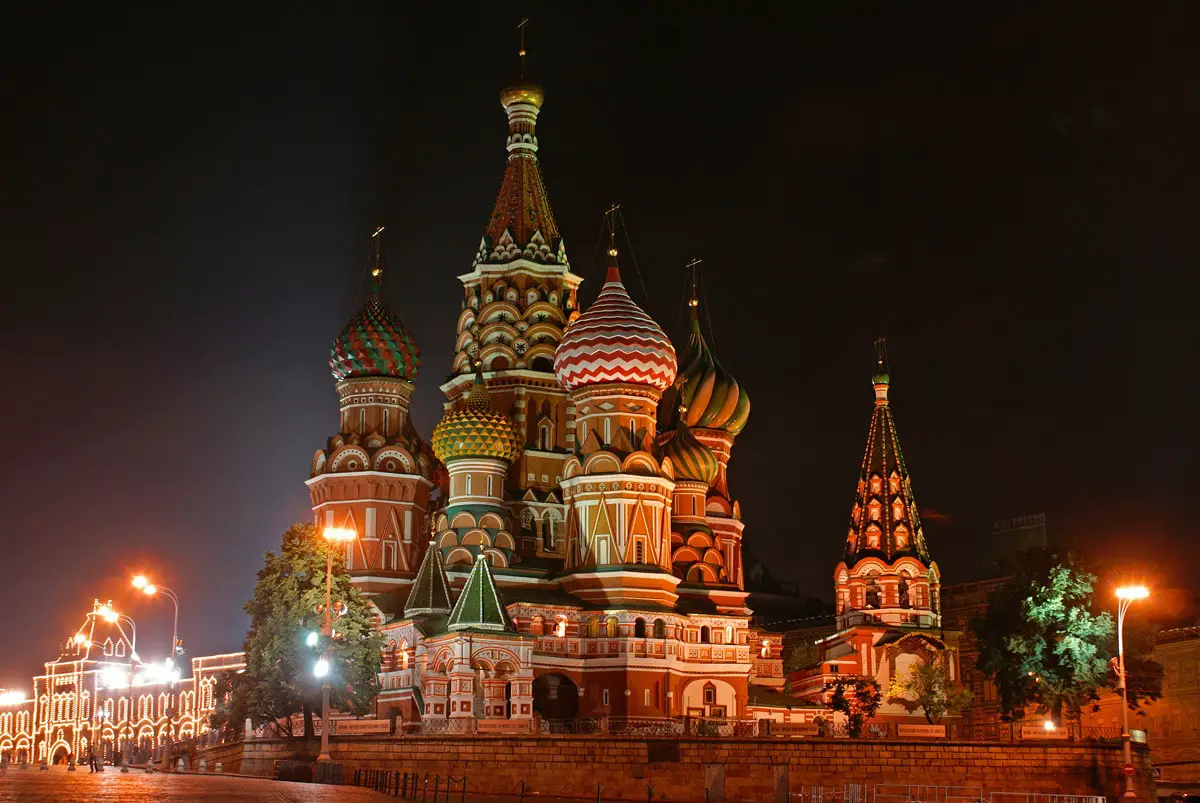
Milan Cathedral
Italy
One of the most impressive Gothic buildings in the world, constructed in 1386 – 1965.
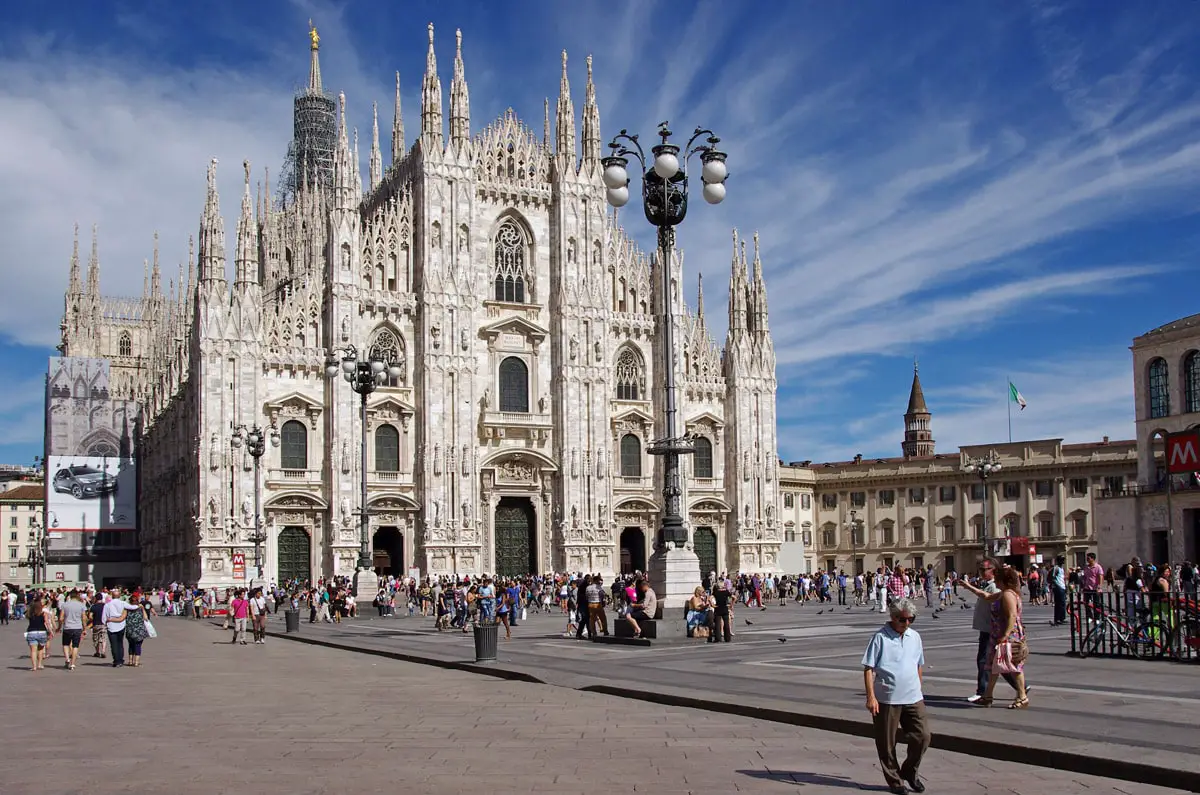
Westminster Abbey
United Kingdom
Royal Church of the United Kingdom with numerous art values. Constructed in 1245 – roughly 1745, mainly in the Gothic style. One of the earliest representatives of Gothic architecture in England.
Leaning Tower of Pisa
Italy
An impressive monument of European medieval Romanesque architecture, construction started in 1173-1372. Due to weak ground, it started to tilt and the significant tilting has made this structure famous worldwide.
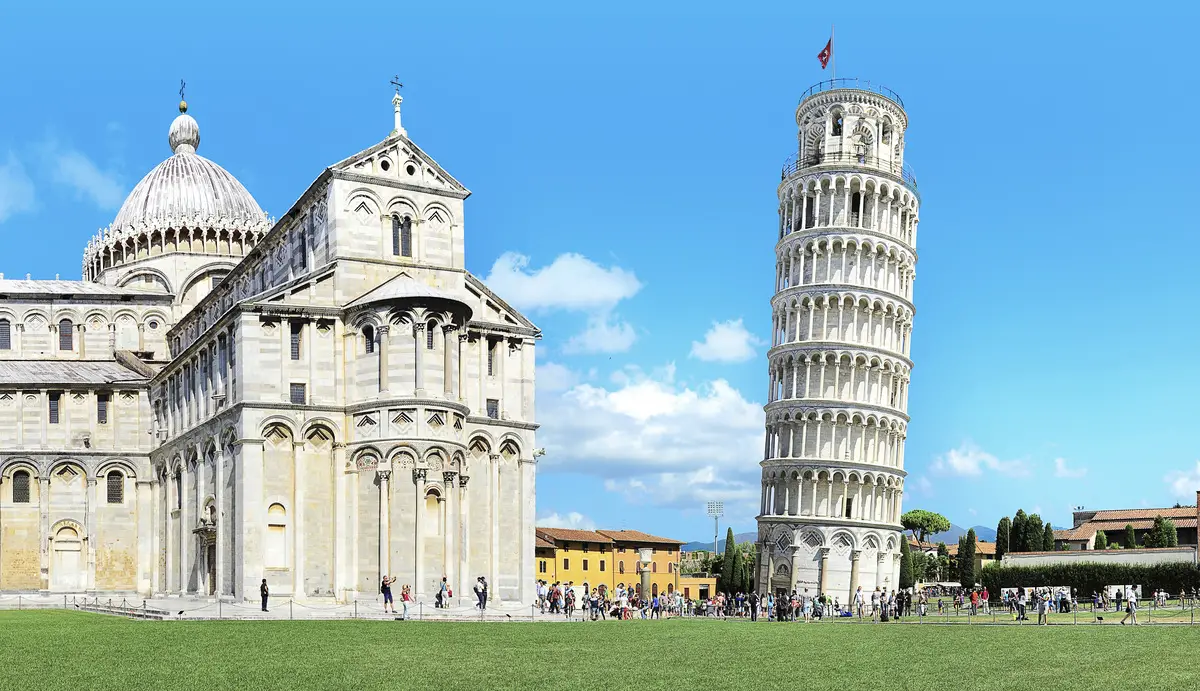
Musée du Louvre
France
One of the largest museums in the world with more than 35,000 objects exhibited. Many works are among the most important artworks in the world. Located in a palace that was started as a castle in the late 12th century. Gradually extended and now it is one of the largest palaces in the world.
Colosseum
Italy
The largest Roman amphitheater ever built, 70 – 80 AD.
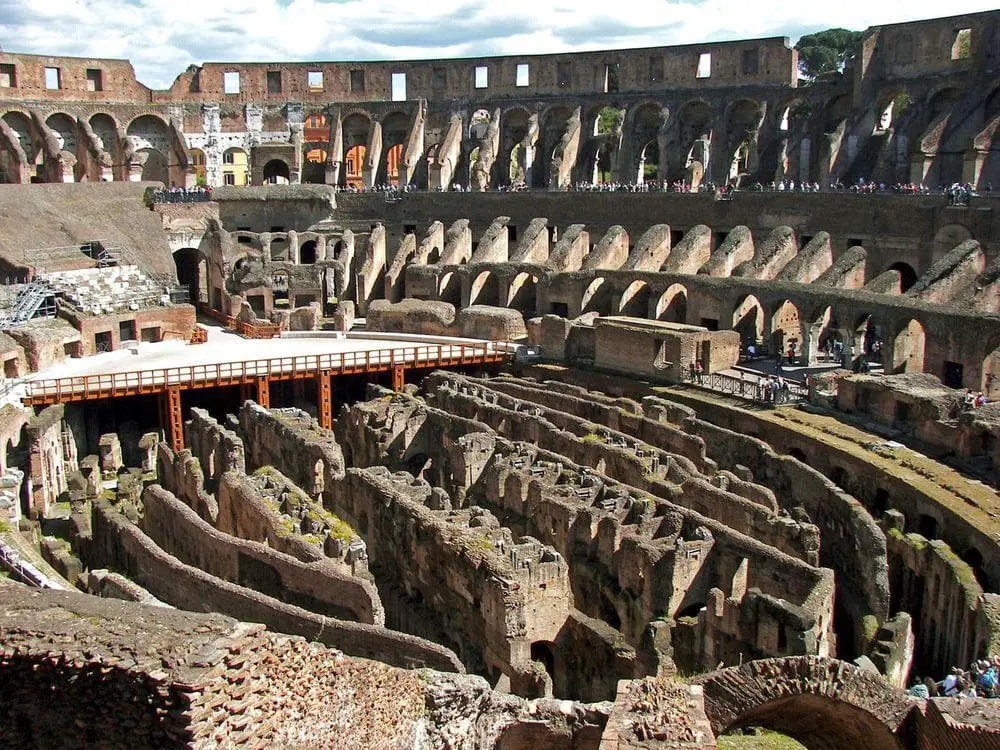
Centre of Florence
Italy
One of the most important centers in history for the development of art with numerous unique and beautiful monuments. This birthplace of the Renaissance contains such monuments of world importance as Florence Cathedral, Campanile and Baptistery, Ponte Vecchio, and many others.

Mont Saint-Michel
France
Unique monument of urban planning – a fortified monastery with a surrounding small town, built on a rocky tidal island. This monastery was established there in the early 8th century. Its buildings were constructed in a Romanesque style, mainly in the 10th – 11th century AD. The island is topped with the massive, Romanesque Mont-Saint-Michel church (11th century).
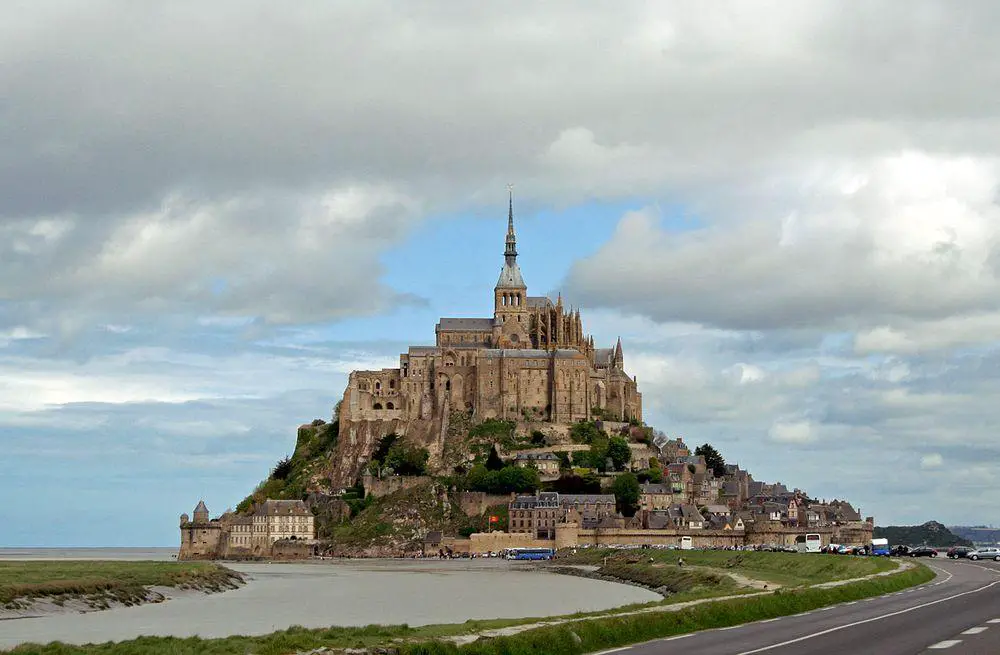
Córdoba
Spain
One of the major centers of ancient and medieval Europe, the intellectual center of Europe in the 10th – 12th centuries. The second-largest historic city in Europe, with a huge amount of very valuable buildings. Some of the most impressive ones are the Great Mosque of Córdoba, the Roman bridge, the Roman Temple, and many others. The old city is surrounded by Roman walls.
Windsor Castle
United Kingdom
One of the major castles and palaces of the world. This castle was built by William the Conqueror and has since then been used as a royal palace. Longest occupied palace in Europe, and the largest inhabited palace in the world. Throughout the centuries the castle was largely extended, always trying to imitate early medieval designs. Beautiful interiors. Site of many important historical events.
Alhambra
Spain
Huge palace and fortress with major cultural importance. The fortress was first constructed here in 889 AD, and the royal palace for the Sultan of Granada was built in 1333. A major achievement of Muslim architecture and art. Palace and its gardens were supposed to represent Paradise.
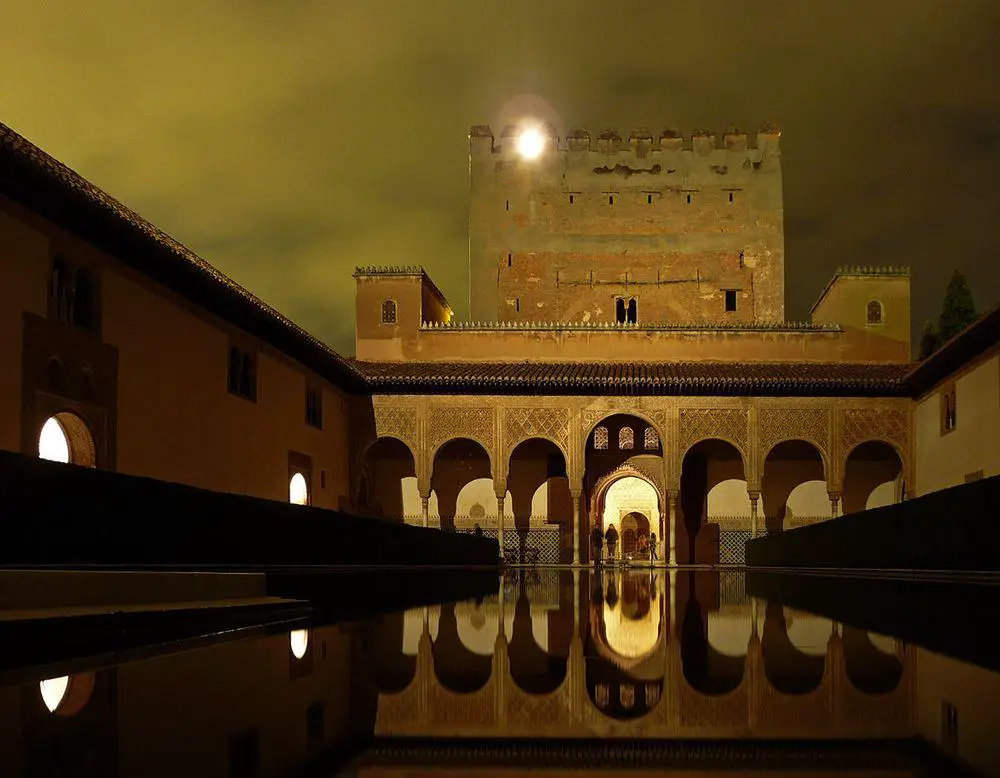
Château de Chambord
France
One of the most iconic Renaissance buildings in the world, melting in its design the French medieval architecture and Italian classical architecture. Constructed in 1519 – 1547. This castle still has fortifications, including a keep and a moat, but it primarily functions as a luxuriant residence. Palace has 440 rooms.
Aachen Cathedral
Germany
The oldest cathedral in Northern Europe. Historically very important church, the residence of Charlemagne, place of coronation of 42 kings and queens. Constructed in 792 – 805, rebuilt numerous times adding new values.
